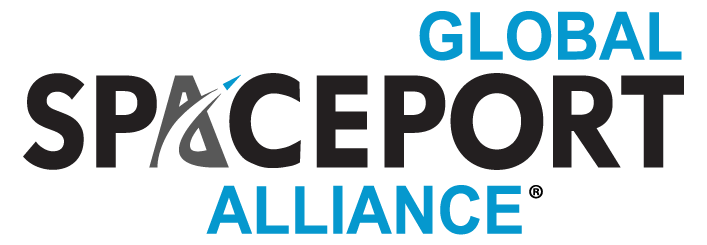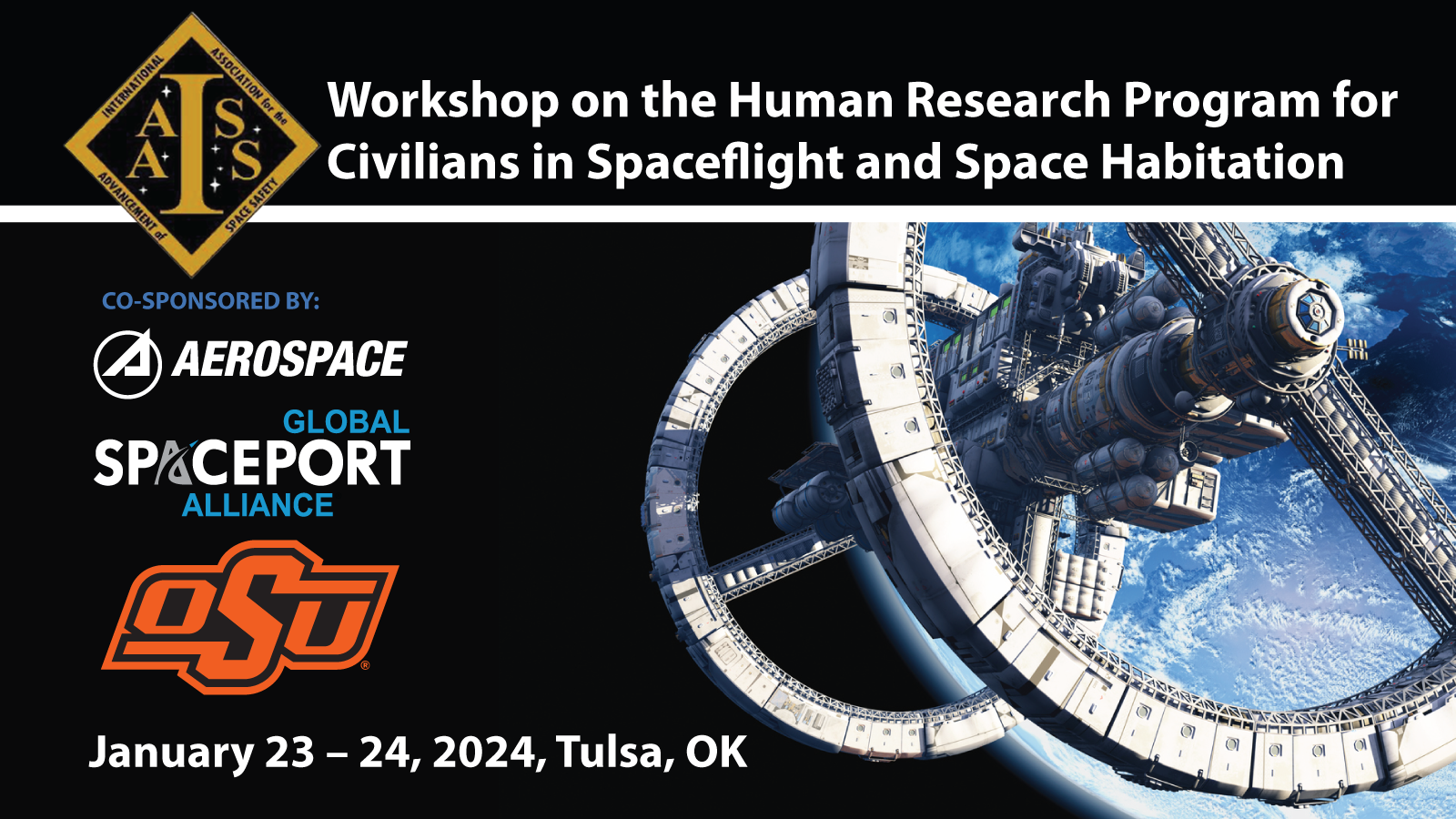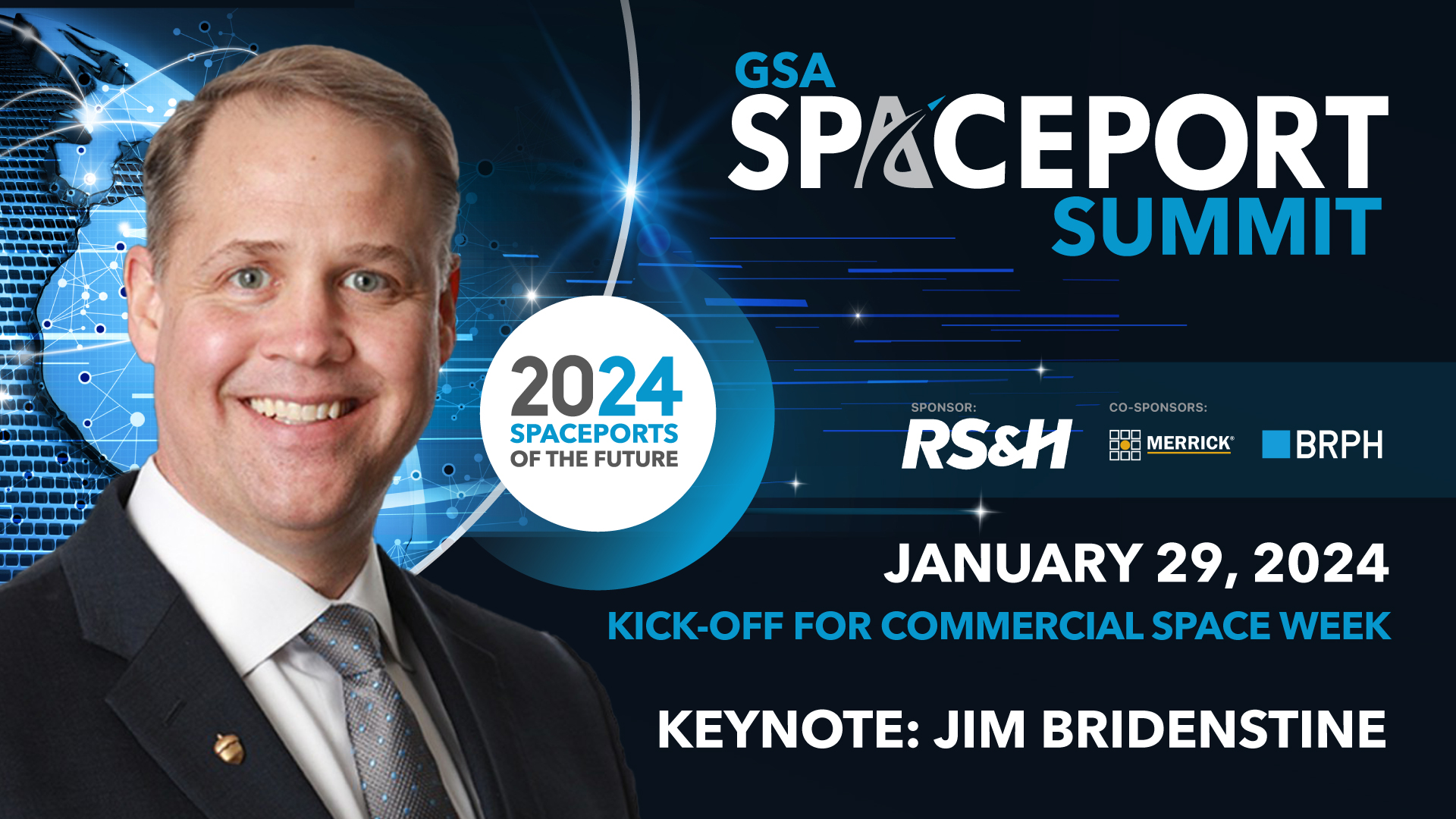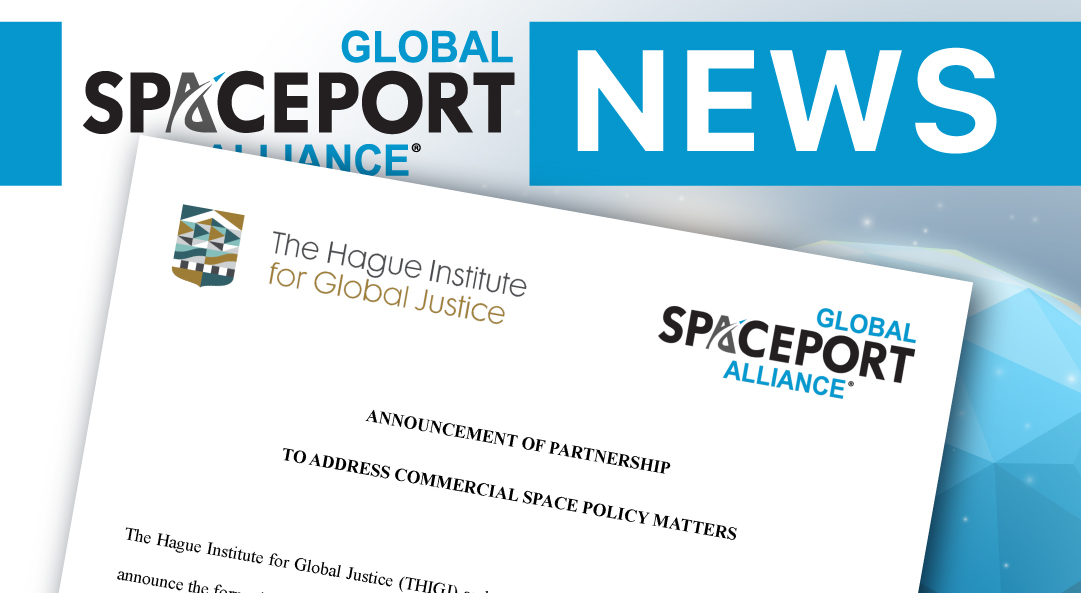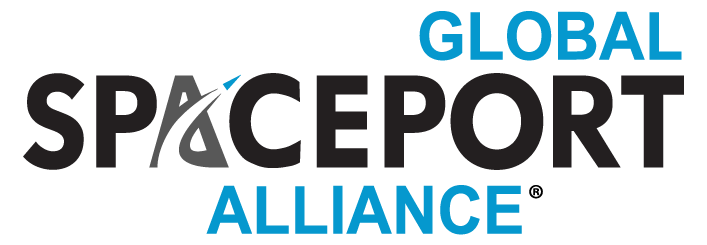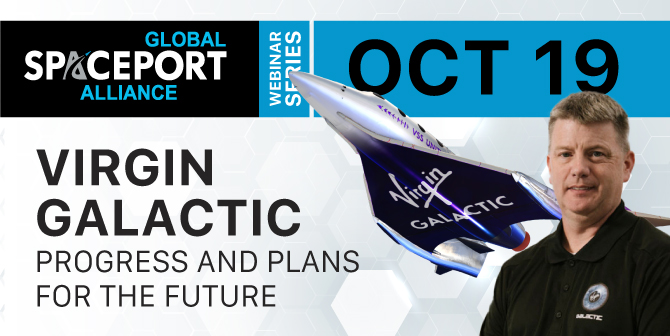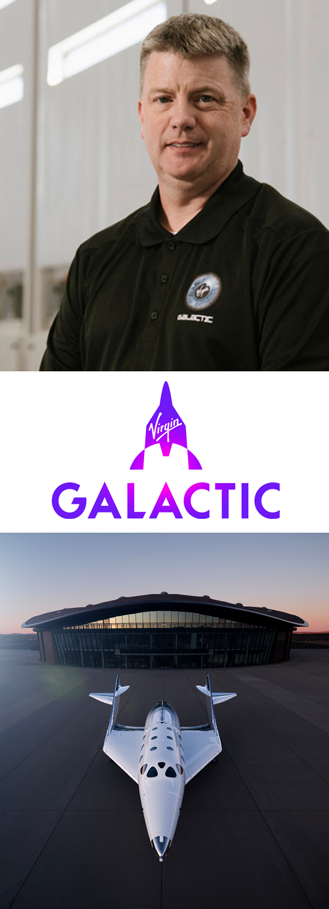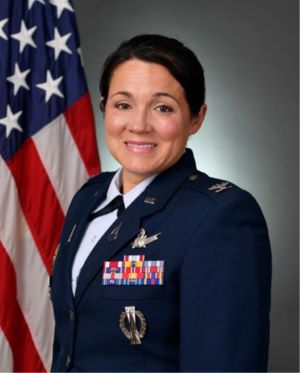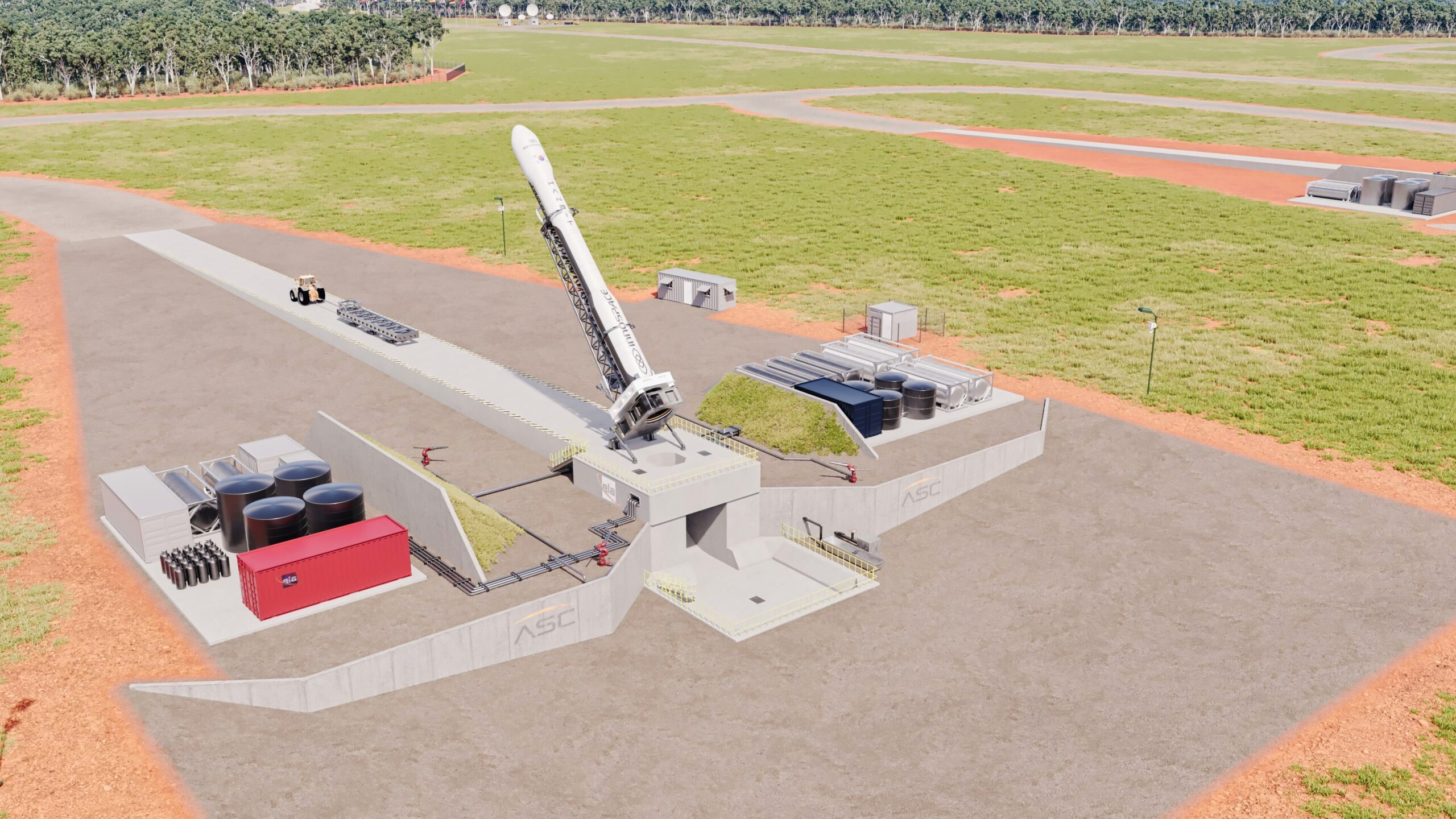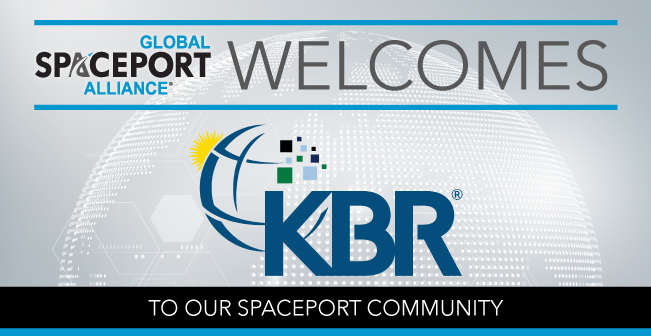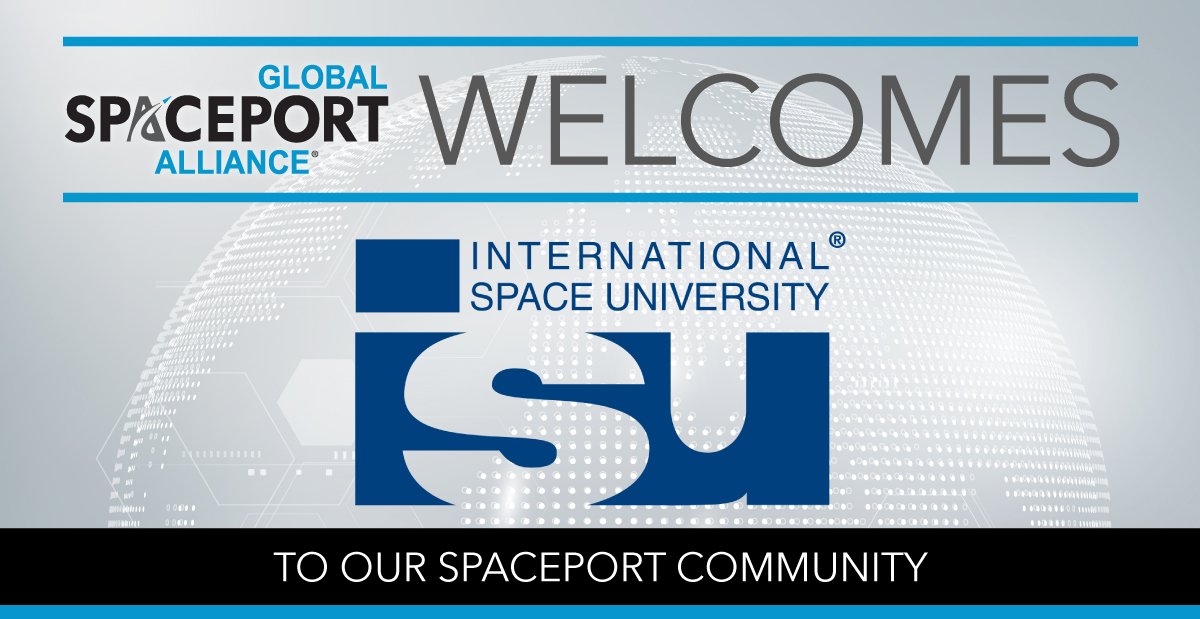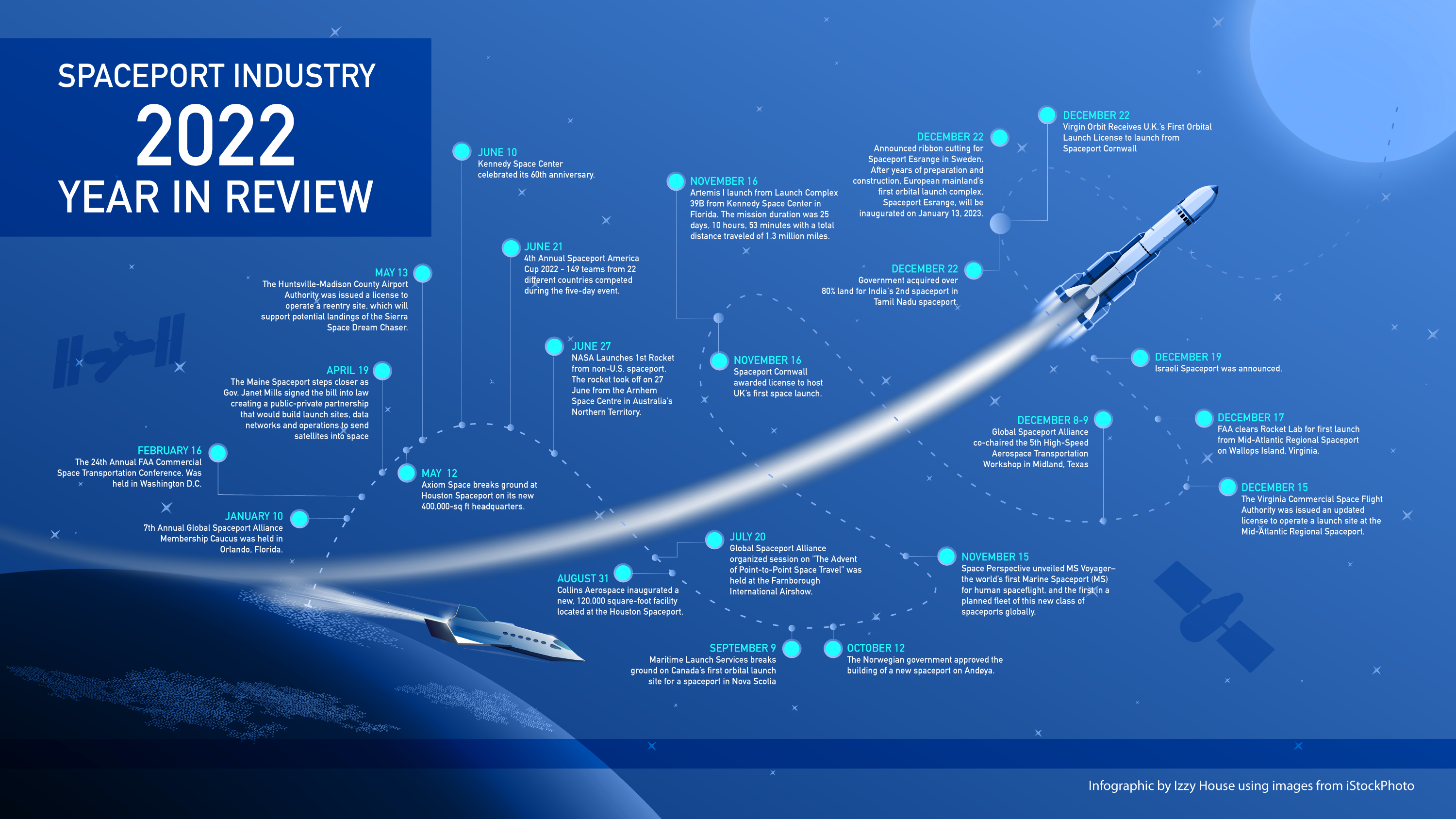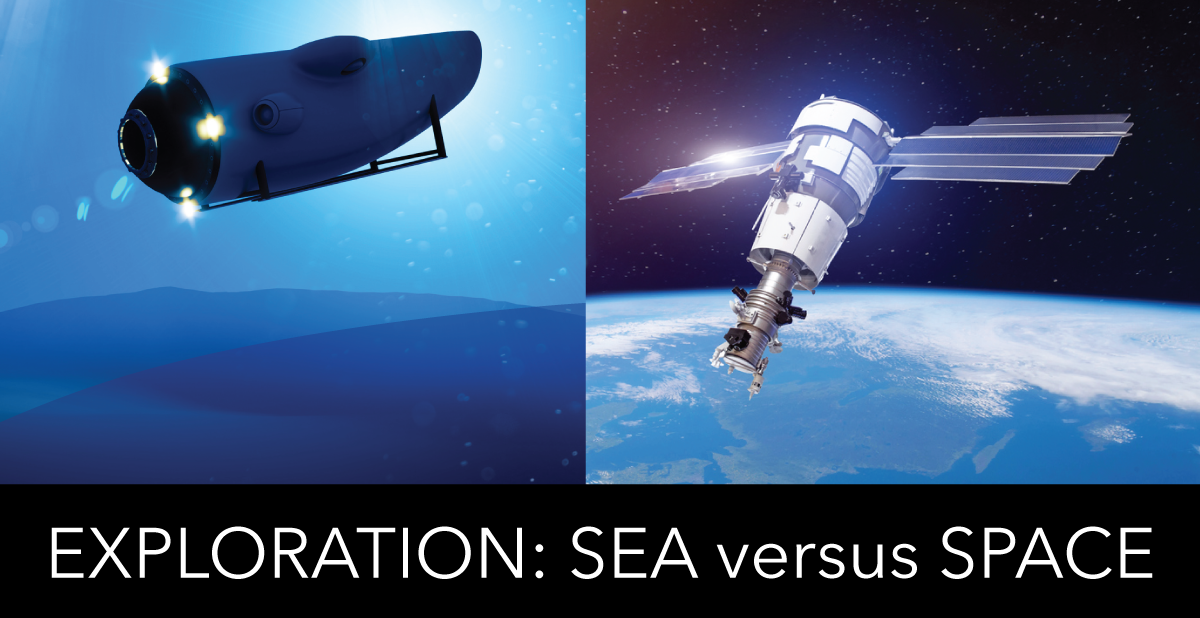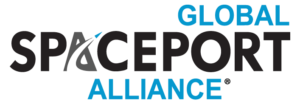International Association for the Advancement of Space Safety (IAASS) with
PRESENT
Workshop on the Human Research Program for Civilians in Spaceflight and Space Habitation
January 23 – 24, 2024, Tulsa, OK
Dr. Bettina L Beard, Chair; Dr. Michael Marge, Vice Chair; Dr. Jamey Jacob, Host
On behalf of the Planning Committee for the Human Research Program for Civilians in Spaceflight and Space Habitation (HRP-C) and our sponsor — the IAASS — and co-sponsors, we invite you to attend a two-day, hybrid Workshop to be held at Oklahoma State University (OSU) in Tulsa, Okla. on Tuesday, January 23 and Wednesday, January 24, 2024.
The HRP-C Planning Committee has been developing a comprehensive research program to investigate potential effects of commercial space endeavors on the health and performance of civilians, some of whom may have pre-existing medical conditions or disabilities. The goal is to make it possible for everyone who wishes to enter space to realize that dream.
Prior to the workshop, we will distribute the draft final report of the HRP-C as well as a feedback form to collect your review comments. At the Workshop, we will have ~30 human spaceflight, medical, and behavioral experts briefly present on different aspects of the program and provide the opportunity for comments, suggestions, and recommendations from the participants. We are also providing a number of opportunities for the in-person participants to informally meet key leaders and decision-makers from space R & D to create collaborations and contacts. Please see the draft Workshop Agenda (still under construction) by tapping this link: https://tinyurl.com/yl6j6g5o
OSU will host the Workshop for a maximum of 150 in-person participants. Because the in-person attendance is limited, selection of the in-person participants will be based on a first-come/first-served basis. The University is also planning to provide access to the Workshop on a virtual basis for those who cannot attend in-person or whose application is submitted after we have reached the 150 participant limit. The HRP-C Workshop is open to all stakeholders in space R & D and Programming without a registration fee.
If you wish to participate (in-person or virtual) in the January HRP-C Workshop, please complete the Registration Form at your earliest convenience.
It is our sincere hope that you will join us for this important event and provide your input on the HRP-C.
